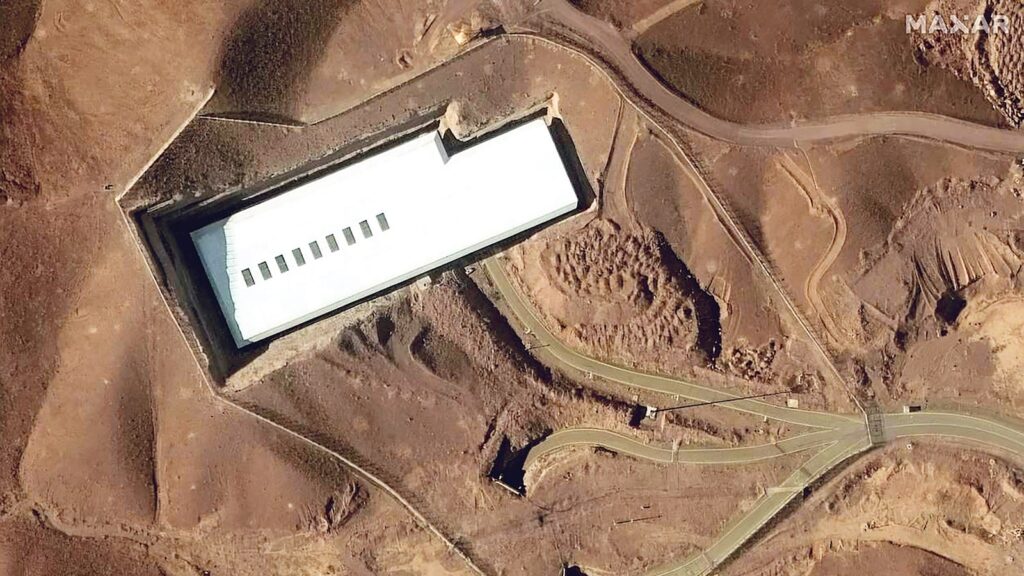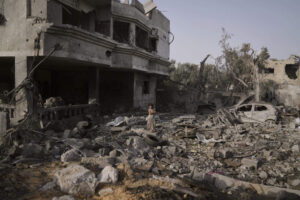
TEHRAN, IRAN – As tensions escalate in the Middle East, the potential environmental impact of military strikes on Iran’s nuclear facilities is under scrutiny. Experts assert that a catastrophic event akin to Chernobyl is unlikely, even as key sites face destruction.
Immediate Impact of Military Strikes
Recent military actions have targeted several of Iran’s nuclear sites, including the Fordo and Natanz enrichment facilities. Israel has claimed these strikes aim to dismantle Iran’s capability to produce nuclear weapons. However, experts are downplaying the environmental risks associated with these attacks.
“There’s plenty to worry about in the Iran-Israel war, but the release of radioactivity is not one of them,” said Lee Berstein, a professor at the University of California, Berkeley.
Key Details Emerge
The enrichment sites in question house centrifuges that enrich uranium to higher grades. Despite the destructive potential of military strikes, the uranium involved is not radioactive enough to pose a widespread threat, according to Emily A. Caffrey, director for the Health Physics Program at the University of Alabama at Birmingham.
“It’s just a big, heavy gas molecule, so it’s not going to go very far,” Caffrey explained, referring to uranium hexafluoride gas that could be released during attacks.
Facilities and Their Functions
Iran’s nuclear facilities, including those in Fordo and Natanz, as well as the Isfahan Nuclear Technology Center and the Bushehr Nuclear Power Plant, serve different roles in the nuclear fuel cycle. These range from uranium extraction to enrichment processes.
Expert Analysis
Experts emphasize that while the situation is concerning, the potential for radioactive contamination remains low. Matthew Bunn, a nuclear policy researcher at Harvard University, notes that uranium’s long half-life reduces its immediate danger, though long-term hazards remain a consideration.
“The rule of thumb with radioactive materials is, the longer the half-life, the less dangerous it tends to be in the short-term,” Berstein added.
Background Context
Iran has consistently denied that its nuclear facilities are intended for weapon production, claiming they are for civilian fuel purposes. The International Atomic Energy Agency (IAEA) has been monitoring these sites closely, with recent reports confirming damage but no significant radioactive release.
Regional Implications
The strikes on Iran’s nuclear facilities have regional implications, particularly for countries bordering the Persian Gulf. Concerns over potential contamination of the Gulf’s waters have been raised, though experts like John Erath of the Center for Arms Control and Non-Proliferation downplay the likelihood of widespread radioactive dispersal.
Future Implications
As the situation develops, the focus remains on diplomatic and military strategies to address the ongoing conflict. The potential for further strikes on nuclear facilities continues to be a point of international concern, particularly regarding the Bushehr Nuclear Power Plant, which houses significant quantities of nuclear material.
“Although the Israeli military might not be deliberately targeting Bushehr, it is a possibility given the extensive bombing that Iran has been subject to,” noted M.V. Ramana, a physicist at the University of British Columbia.
As tensions persist, the international community watches closely, weighing the environmental and geopolitical consequences of the conflict.







